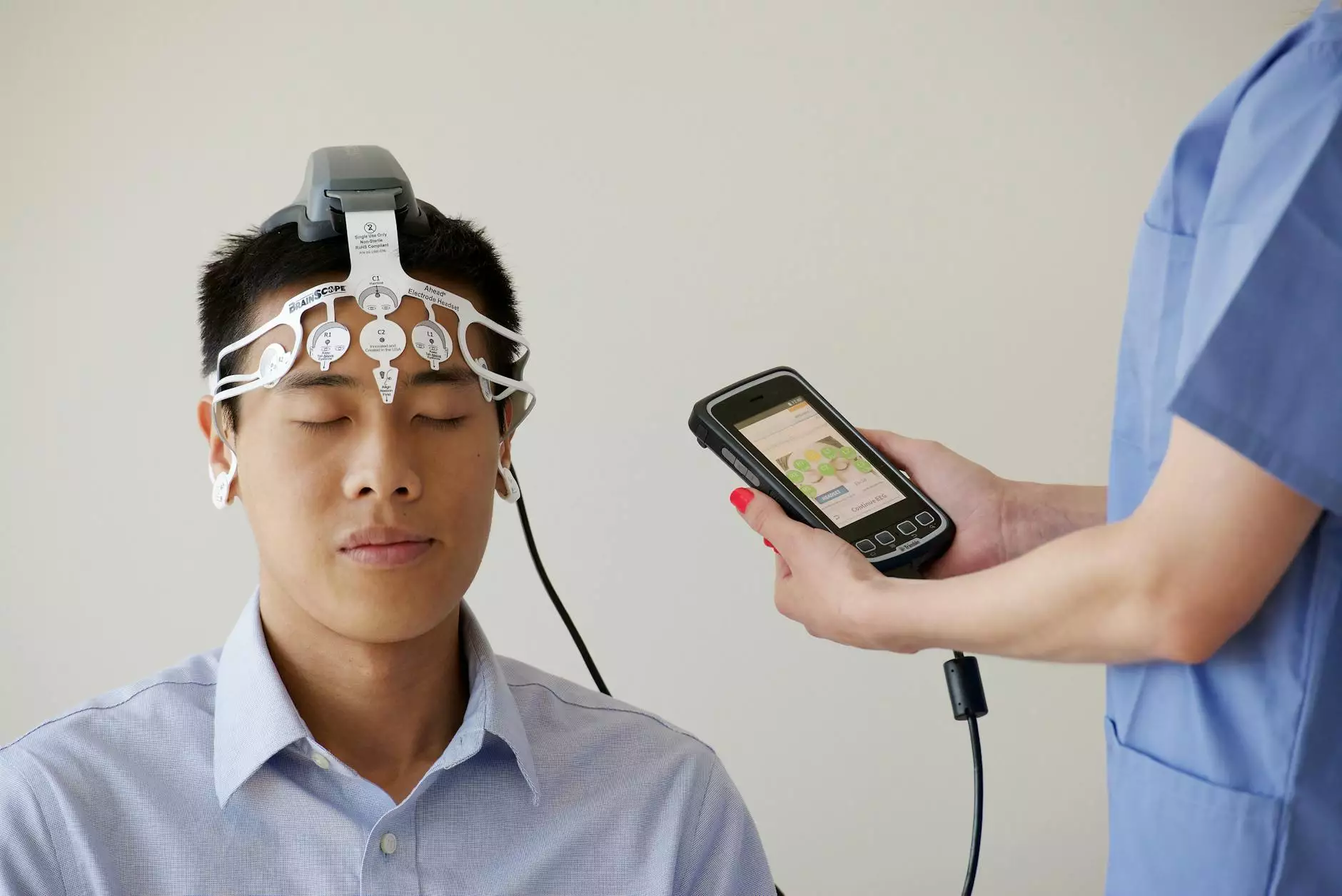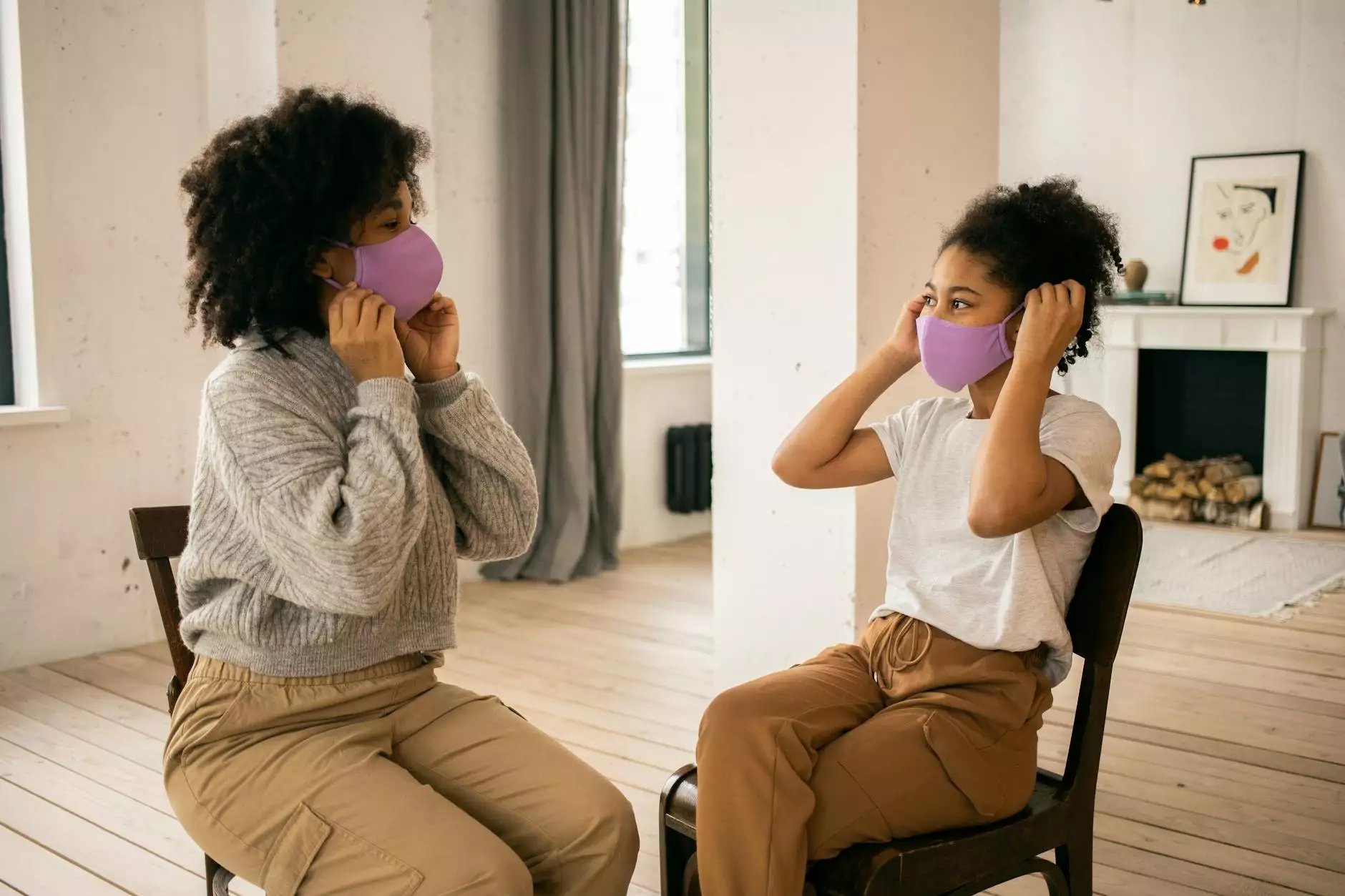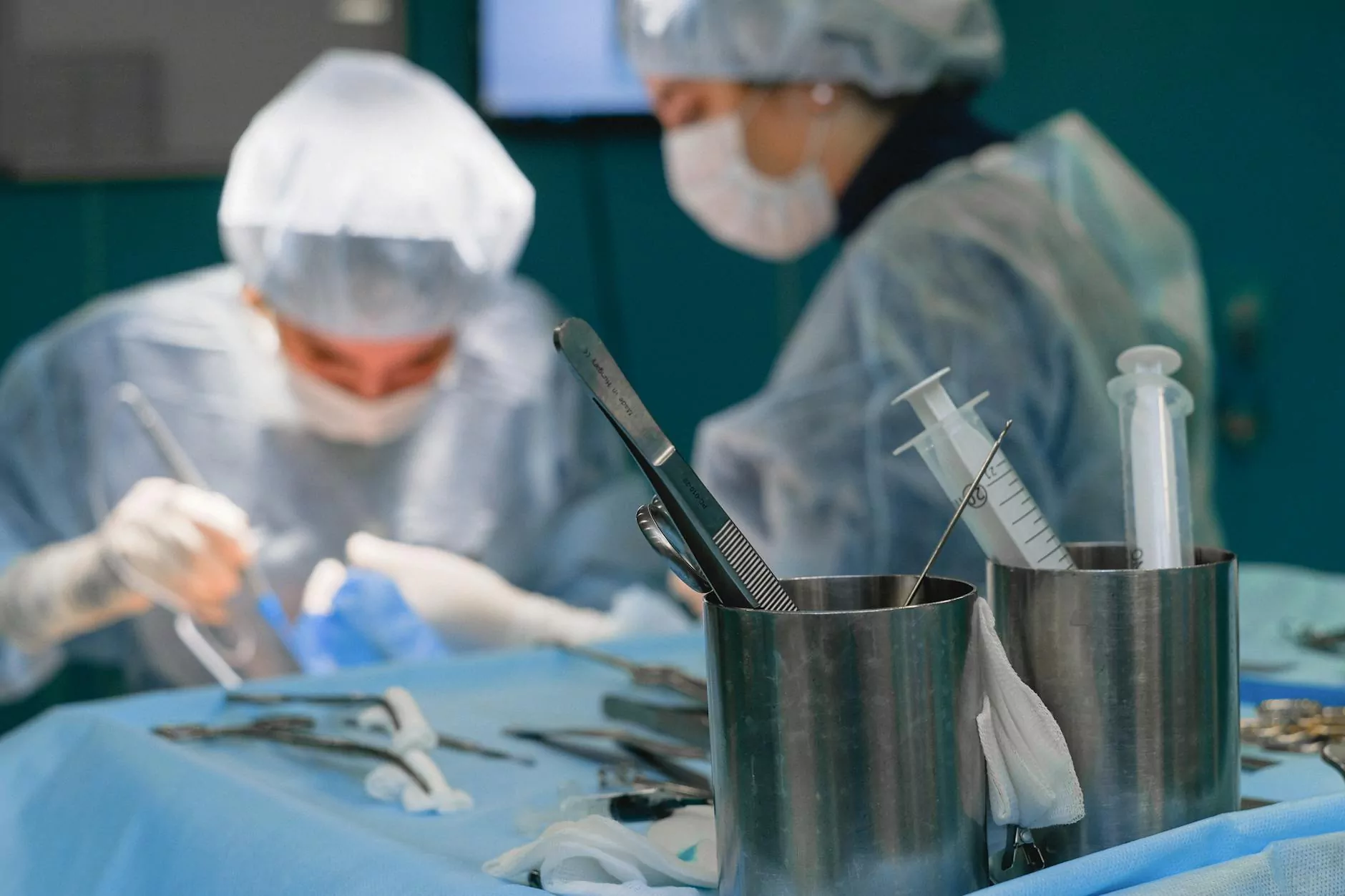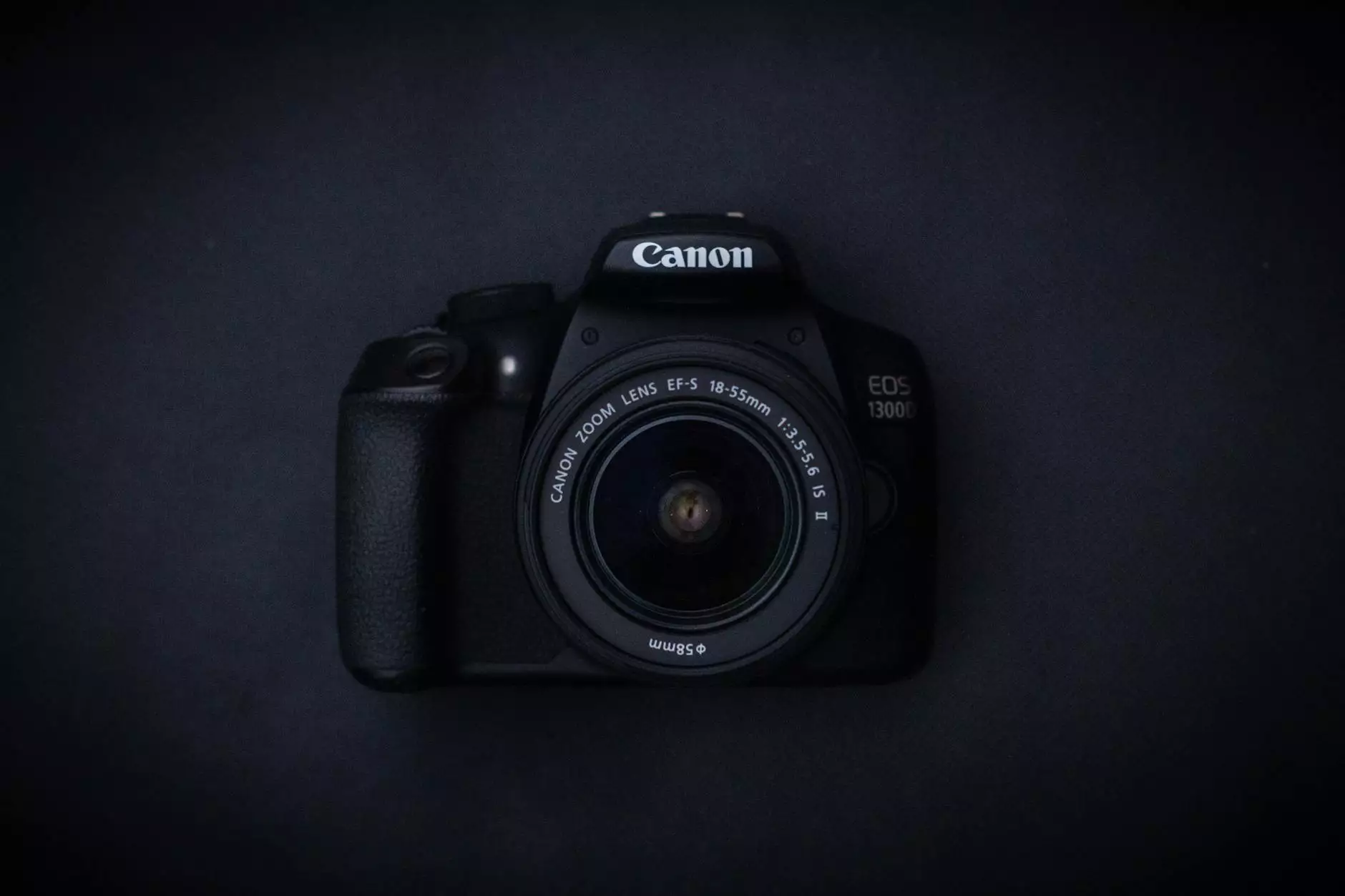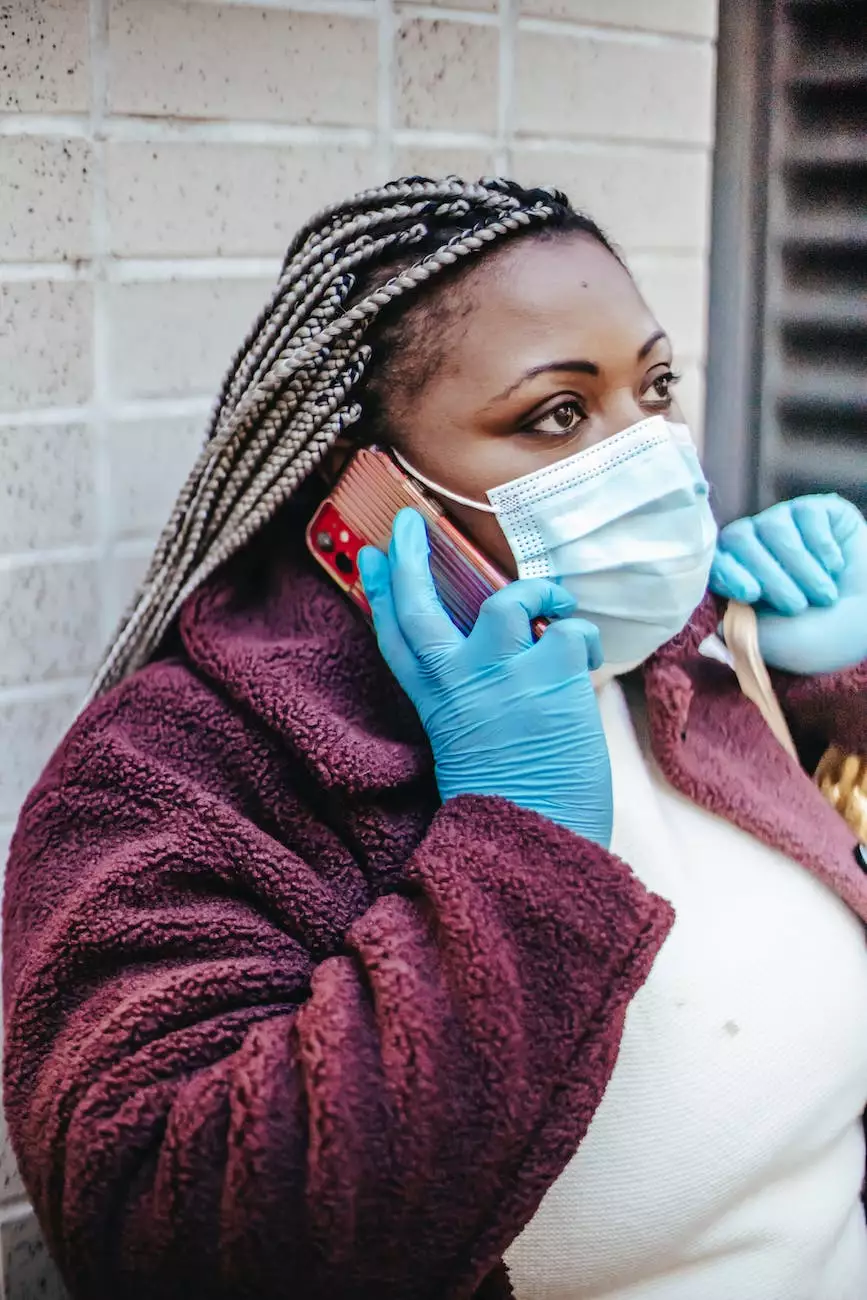Caring for Your Child or Teen in a Spica Cast

Introduction
Welcome to Foley James D MD's guide on caring for your child or teen in a spica cast. We understand that having your child in a spica cast can be challenging, both for the child and the parents. This comprehensive guide aims to provide you with all the information you need to ensure your child's comfort and well-being during this time.
Understanding Spica Casts
A spica cast is a specialized type of cast that extends from the chest down to the legs, commonly used to immobilize the hips, thighs, and sometimes the lower legs. It is often used to treat conditions such as hip dysplasia, fractures, or after a hip surgery. The spica cast helps keep the hips in the correct position for proper healing. It is essential to follow the healthcare provider's instructions regarding the duration of the cast and any restrictions imposed.
Preparing the Home
Before bringing your child home in a spica cast, it's important to create a safe and comfortable environment. Some tips to consider include:
- Clearing any obstacles or trip hazards from pathways
- Rearranging furniture to accommodate the spica cast
- Creating a comfortable sleeping area
- Stocking up on necessary supplies, such as diapers or hygiene products
Maintaining Hygiene
Maintaining proper hygiene is crucial during the time your child wears a spica cast. Follow these guidelines to ensure cleanliness and prevent complications:
- Clean the exposed skin around the cast gently with mild soap and water
- Avoid getting the cast wet, unless otherwise instructed by your healthcare provider
- Use a plastic cover or specialized cast protector during baths
- Keep an eye out for any signs of skin irritation or infection and contact your healthcare provider if you notice anything unusual
Assisting with Daily Activities
While your child is in a spica cast, they may need assistance with daily activities. Here's how you can help:
- Avoid lifting your child by their arms or legs, instead support their body and use proper lifting techniques
- Assist them with sitting up, using pillows or specialized seating equipment
- Encourage stretching and range-of-motion exercises, as recommended by the healthcare provider
- Helping with personal hygiene, including toileting and bathing
Dealing with Discomfort
It's normal for your child to experience some discomfort or itchiness while wearing a spica cast. Here are a few tips to help alleviate any discomfort:
- Apply ice packs or cool compresses to the casted area, but avoid direct contact with the skin
- Offer distraction techniques, such as games, movies, or books, to help take their mind off any discomfort
- Ensure the cast is not too tight or causing any additional discomfort. Contact your healthcare provider if you have concerns
Follow-Up Care and Removing the Cast
Regular follow-up appointments with your healthcare provider are vital to monitor your child's progress and ensure proper healing. Your provider will advise you on when the cast can be removed and when it is safe to resume regular activities.
Conclusion
Caring for your child or teen in a spica cast may seem challenging at first, but with the right information and support, you can make the experience more comfortable for everyone involved. Remember to always follow your healthcare provider's instructions and consult them with any concerns or questions.


